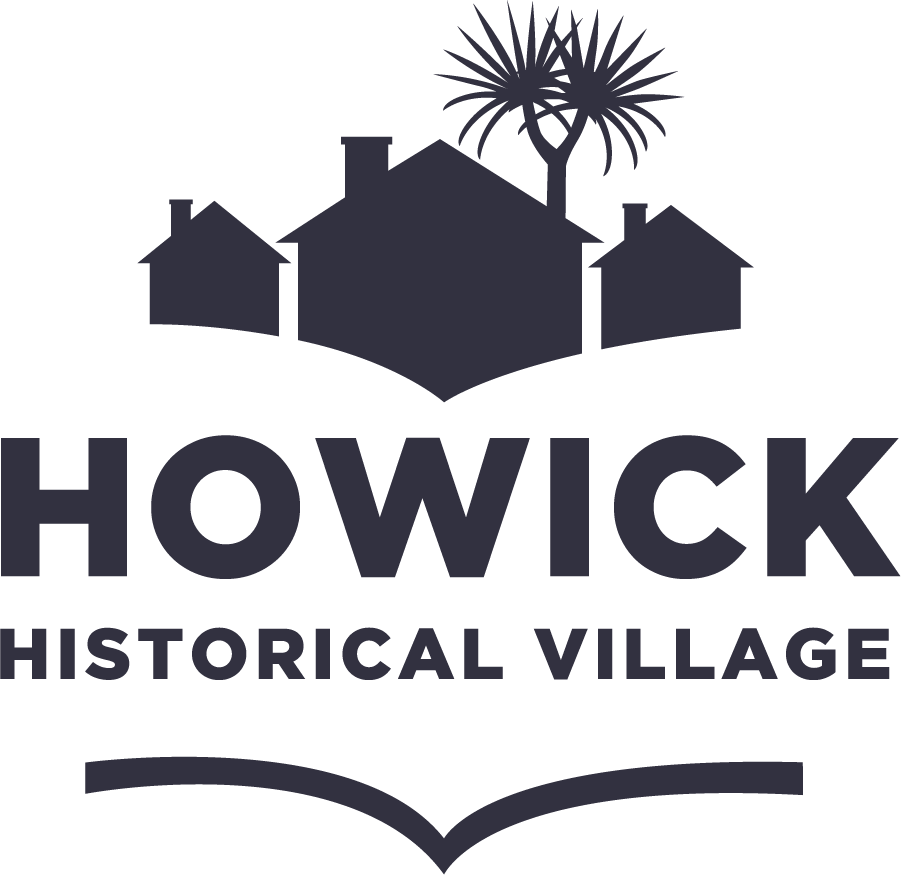Come Butter Come!
Butter churn from the 1800’s
Puhinui Kitchen
Home butter-making took time and energy like most of the jobs in the 1800s. The process started with milking the cow which was usually done by the girls in the house. After the cow(s) were milked, the milk was left to settle in a cool place in a shallow dish called a settling pan, so the cream would rise to the top.
After 24 hours, the cream was skimmed off and ready for the churn. If you only had one cow you would want to collect a few days’ worth of milk to have enough cream to be worth churning, and a little fermentation would "ripen" the flavour. But the cream couldn't be left waiting too long in summer-time.
Then you would use a cream-skimmer to lift off the cream. The cream would be transferred to the churn and the process would start. Because it took such a long time to make they would sing songs:
‘Come butter come
Come butter come
Peter stands at the gate
Waiting for a buttered cake’
This was sometimes thought of as a charm to make the cream turn into butter, but it actually went with the rhythm of the work. When the butter started to come it became hard to churn and you would see the buttermilk. The buttermilk was drained using muslin cloth and then the butter would be rinsed to get rid of all the buttermilk - this would be done about seven times. At this stage salt would have been added to help preserve it, and using the butter paddles you would press it and shape it before you used your very own butter stamp. The butter stamp ensured everyone knew your butter as the best in the village.
Why not try our butter challenge worksheet or make some butter to enjoy on your toast. And while you’re waiting you can tackle our butter word search. Remember to post a video or pictures to our facebook or instagram page, #howickhistoricalvillage when you complete the challenges, Have fun and enjoy!
Why not watch Mrs Hallam making butter?



